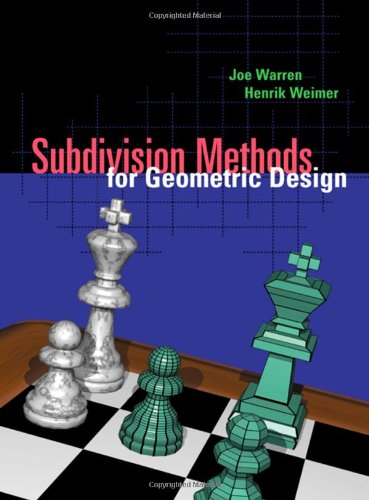

Most ebook files are in PDF format, so you can easily read them using various software such as Foxit Reader or directly on the Google Chrome browser.
Some ebook files are released by publishers in other formats such as .awz, .mobi, .epub, .fb2, etc. You may need to install specific software to read these formats on mobile/PC, such as Calibre.
Please read the tutorial at this link: https://ebookbell.com/faq
We offer FREE conversion to the popular formats you request; however, this may take some time. Therefore, right after payment, please email us, and we will try to provide the service as quickly as possible.
For some exceptional file formats or broken links (if any), please refrain from opening any disputes. Instead, email us first, and we will try to assist within a maximum of 6 hours.
EbookBell Team

4.4
92 reviewsAmazon.com Review Although computer graphics applications have grown remarkably easy to use, there is absolutely nothing simple about how they work. One of the most difficult aspects is the creation of smooth or organic shapes using the inherently flat polygon approach to modeling. Subdivision Methods for Geometric Design describes the contemporary approach to solving this problem.
It is not an unheard-of practice--large computer animation studios such as Pixar not only use this approach, but some of their researchers helped pioneer it. Learning how subdivisions work, though, and applying them in your application is the tricky part. In this valuable textbook, the authors attempt to explain the approach and usage of this valuable technique.
Spanning eight chapters and 275 pages of text, this hardcover is divided loosely into three parts. The first part is an introduction to subdivision and techniques for creating subdivision schemes. The second part, chapters 4 through 6, focuses on "a new differential method for constructing subdivision schemes." Later sections explore the techniques and practice of applying subdivision to polyhedral meshes, most commonly found in computer modeling systems where smooth forms are desirable.
This is certainly not a book for the common computer programmer. It is specific and detailed, targeted at the narrow band of programmers writing graphics applications whose desired output is smooth and organic shapes. Subdivision Methods for Geometric Design offers valuable insight and explanation, but it is not for the lighthearted enthusiast. --Mike Caputo